Disclaimer: Living the Dream uses demographic data, email opt-ins, display advertising, and affiliate links to operate this site. Please review our Terms and Conditions for more information and our Privacy Policy.
There is a lot of confusion on the performance difference between lenses if used on a specific camera body, especially with regards to using full frame lenses on crop sensor cameras (like the Sony a6000, my camera, which uses a "crop" APS-C sensor).
Cameras like mine take lenses designed for crop sensors (naturally), but also take lenses that are rated for full frame cameras (like the Sony a7iii).
The confusion comes in to play in what kind of image these two lenses will produce at comparable focal lengths, as the discussion of camera "crop factors" is often used interchangebly with lenses as much as they are for sensors. Even I have to admit being messed up on it for quite some time (hence this post).
If comparing a full frame rated lens with a crop sensor lens on the same crop sensor camera body, the main difference is this: nothing.
Focal Length is Focal Length
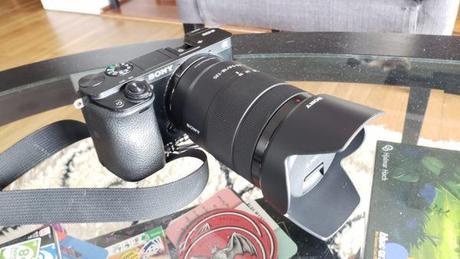
To put it bluntly- if you are looking to buy a full frame rated lens to use on your crop sensor camera, as long as it is compatible for your brand and mount, the full frame lens will take the exact same photo as a crop sensor lens insofar as the focal length, aperture, lighting, etc. are all the same.
To translate, a photo taken on a crop sensor Sony a6000 at 24mm f/4.0 1/200 sec with a full frame designed lens will produce more-or-less exactly the same photo as a photo at 24mm f/4.0 1/200 sec on a lens designed for the crop sensor.
The crop factor means nothing if you're only looking at using a full frame rated lens on a crop body.
I tested this out, and the results are below for my 18-135mm f/3.5 lens designed for a crop sensor camera and my 24-240mm f/3.5 lens designed for a full frame camera- both used on the Sony a6000 with the APS-C crop sensor at 24mm:
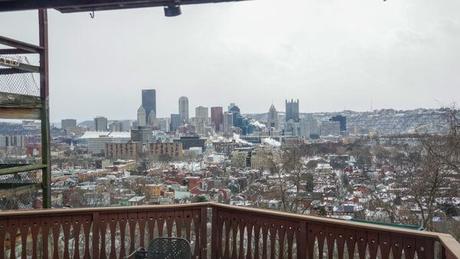
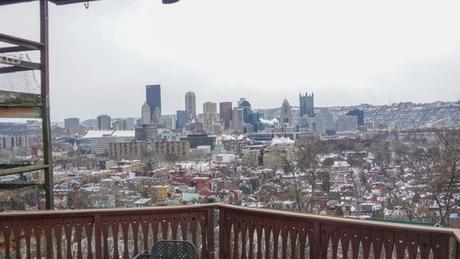
Can you tell the difference? No, you can't.
This is because a shot at 24mm on a full frame lens and a shot at 24mm on a crop sensor lens will produce exactly the same image if used on the same camera body ( my Sony a6000).
You simply don't get a crop when using full frame lenses on a crop sensor body. The focal length of any lens will produce the same image on your crop sensor camera regardless of if the lens is designed for a full frame camera or a crop sensor camera.
When the crop factor does come in to play is with regards to the sensor, and it should only be used when comparing camera bodies in addition to the lenses.
The Image Produced Varies By Camera Body
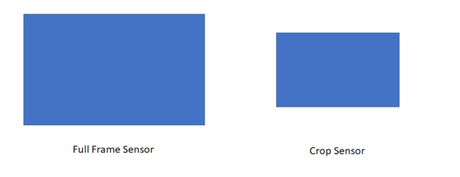
The crop factor concept comes in to play when comparing lenses on specific camera bodies. The reason for this is that full frame sensors are physically larger.
This means they often have more pixels, but it also means that they inherently produce a larger/wider image due to the increased area.
If you take a photo at 24mm in focal length on a full frame camera, you're going to get a wider image than a 24mm image on a crop sensor camera. This has nothing to do with the lens (24mm is 24mm), but is all about the size of the image captured on the sensor.
This is where crop factors come in to play.
My Sony a6000 has an APS-C sensor with a crop factor of 1.5. A 24mm rated photo on my camera captures a scene proportional to what the camera's sensor allows. Full frame cameras, on the other hand, can capture a larger scene due to the larger sensor size. What they capture at 24mm is actually a lot more of the scene (or, if keeping it in camera vernacular, 'wider').
How do we calculate the difference? With crop factors. The 1.5 crop factor rating is how we convert.
Let's say you take an image on my Sony a6000 at 24mm. To recreate that exact same photo on a full frame camera (framed at the exact scale), you'll need to take a photo at 36mm. The reason being that the larger sensor collects more of a scene than on a crop sensor, so you'll need to shoot at a larger focal length to fill in the same area.
But why the confusion? I feel like a lot of people think that the rating on the lens means the crop factor is applied when using full frame lenses on a crop body. It doesn't.
The factor only comes in to play when you want to make an apples-to-apples comparison on cameras in terms of the images actually shot.
Say I want to upgrade my camera in the future from a crop sensor to a full frame sensor, and I like what the viewing area is at 20mm for my shooting style (wide vistas).
Using a 20mm lens on a full frame camera will actually produce a much wider image (by a factor of 1.5), so instead I should look at a lens with 30mm instead to get the same exact result in the frame. (Or in reverse, if a lens review shows a picture from a full frame body at 30 mm, and I wanted to recreate it at the exact same spot with my crop sensor, I'd shoot at 20mm).
That is all! The lens sees what the lens sees, and it is the sensor that records the image.
You Can't Use Crop Lenses on Full Frame Cameras
There is one caveat to all of this I feel compelled to mention, and that is in regards to usability.
In the above discussion, I mentioned the physical size of the sensors and how that relates to the crop factor in a body-to-body discussion.
I mentioned that you can use full frame rated lenses on crop sensor bodies (if compatible for brand and mount, of course), but I did not really explain why that is (and why the reverse is not true).
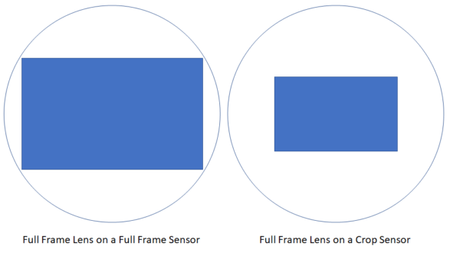
Full frame rated lenses are often much larger than those designed for crop cameras as they have to let in more light (by cross-sectional area) to produce images on the larger sensor. These can be used on crop sensor cameras because the lens is larger than what the crop sensor needs.
The only negative is the lens is likely going to be bulkier, heavier, and likely more expensive than those designed purely for crop cameras (but sometimes you take what you can get if its the best fit for you).
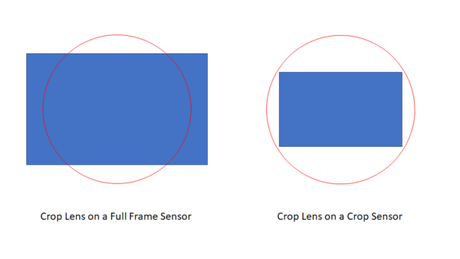
On the flip side, however, you often cannot use a crop sensor lens on a full frame camera for the very same reason. These lenses are designed to be smaller to let in just enough light to cover a crop sensor and produce an image.
When put on a bigger camera the light will not reach the edges of the full frame sensor and produce some distortions on the image.
Some full frame cameras are now able to adjust for this via internal processing, but they often simply crop the image to reduce the resolution of the photo to fit the exposed parts of the sensor (per the image above). But this is not necessarily the case with all cameras, so its best to avoid the issue altogether and only buy properly rated lenses (when in doubt, reviews on Amazon provide really good insight).
This is why you can use full frame rated lenses on crop cameras, but can't in reverse. And hopefully with the above explanation, you now understand the difference into how images will look when using the two kinds of lenses on your crop sensor body itself.
Just remember:
- Focal length is focal length. A 24mm shot will always look the same regardless of the lens type if used on the same body.
- Where the image will look different is comparing a photo shot at 24mm on a crop sensor camera vs at 24 mm on a full frame camera, and this is due to the sensor size- not the lens.
- You can use both kinds of lenses on your crop sensor, but never use a lens rated for a crop sensor on a full frame camera!
- Camera manufacturer (Sony) and mounting type (E-Mount, A-Mount) considerations still apply. Nikon lenses won't work on Sony and A-Mount lenses wont work on E-Mount cameras without adapters (that often slow performance).
Ready? Pick up your new camera lens and go shoot!
Looking to start a blog? Find a domain name and grab a server on Bluehost today!
If you are looking for tips, be sure to read our detailed guide on how to start a travel blog or our basic four-step guide on how to get started blogging!
Have an existing blog that is in need of an upgrade? Check out the following services we personally use on our sites!
If you are looking for tips, check out our Blog Your Trip series!
